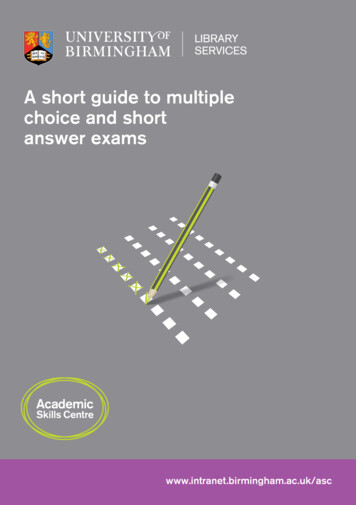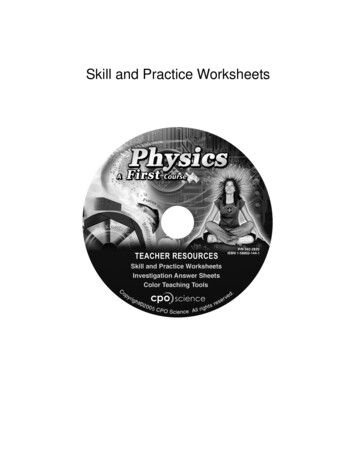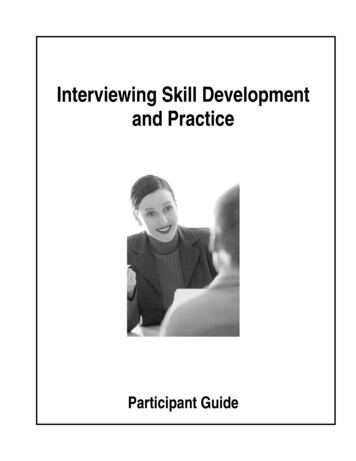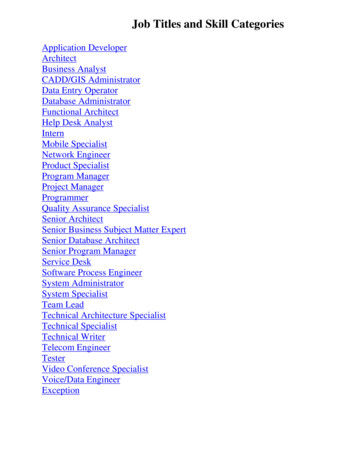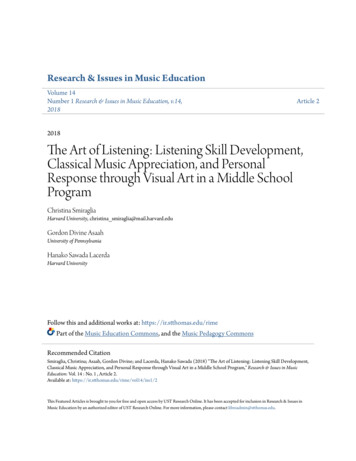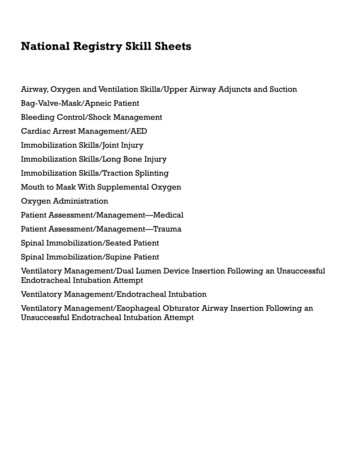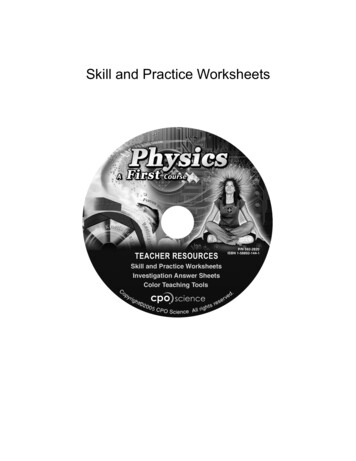
Transcription
Skill and Practice Worksheets
Physics A First CourseSkill and Practice WorksheetsCreditsCPO Science Curriculum Development TeamAuthor: Thomas Hsu, Ph.D.Vice Presidents: Thomas Narro and Lynda PennellWriters: Scott Eddleman, Mary Beth Hughes, Stacy Kissel, Lainie Ives, Erik Benton,Mary Ann Erikson, and Patsy DeCosterGraphic Artists: Polly Crisman, Bruce Holloway, and Jim TraversCurriculum ContributorsDavid Bliss, Manos Chaniotakis, and James SammonsTechnical ConsultantsTracy Morrow and Julie DaltonPhysics A First CourseTeacher Resource CD-ROMCopyright2005 CPO ScienceISBN 1-58892-144-11 2 3 4 5 6 7 8 9 - QWE - 09 08 07 06 05All rights reserved. No part of this work may be reproduced or transmitted in any form or by anmeans, electronic or mechanical, including photocopying and recording, or by any informationstore or retrieval system, without permission in writing. For permission and other rights underthis copyright, please contact:CPO Science26 Howley Street,Peabody, MA 01960(800) 932-5227http://www.cposcience.comPrinted and Bound in the United States of America
Name:Date:Wave Interference20.3Interference occurs when two or more waves are at the same location at the same time. For example, the windmay create tiny ripples on top of larger waves in the ocean.The superposition principle states that the totalvibration at any point is the sum of the vibrations produced by the individual waves.Constructive interference is when waves combine to make a larger wave. Destructive interference is when wavescombine to make a wave that is smaller than either of the individual waves. Noise cancelling headphones workby producing a sound wave that perfectly cancels the sounds in the room.This worksheet will allow you to find the sum of two waves with different wavelengths and amplitudes. Thetable below (and continued on the next page) lists the coordinates of points on the two waves.1.Use coordinates on the table and the graph paper (see last page) to graph wave 1 and wave 2 individually.Connect each set of points with a smooth curve that looks like a wave. Then, answer questions 2 – 9.2.What is the amplitude of wave 1?3.What is the amplitude of wave 2?4.What is the wavelength of wave 1?5.What is the wavelength of wave 2?6.How many wavelengths of wave 1 did you draw?7.How many wavelength of wave 2 did you draw?8.Use the superposition principle to find the wave that results from the interference of the two waves.a. To do this, simply add the heights of wave 1 and wave 2 at each point and record the values in the lastcolumn. The first four points are done for you.b. Then use the points in last column to graph the new wave. Connect the points with a smooth curve. Youshould see a pattern that combines the two original waves.9.Describe the wave created by adding the two original waves.x-axisHeight of wave 1Height of wave 2Height of wave 1 wave 2(blocks)(y-axis blocks)(y-axis blocks)(y-axis blocks)000010.822.821.501.532.2-20.242.80
Page 2 of 3x-axisHeight of wave 1Height of wave 2Height of wave 1 wave 2(blocks)(y-axis blocks)(y-axis blocks)(y-axis 228-2.8029-2.2230-1.5031-0.8-2320020.3
Page 3 of 320.3
Name: Date: Wave Interference 20.3 Interference occurs when two or more waves are at the same location at the same time. For example, the wind may create tiny ripples on top of larger waves in the ocean.The superposition principle states that the total vibration at any point is the sum of the vibrations produced by the individual waves.
